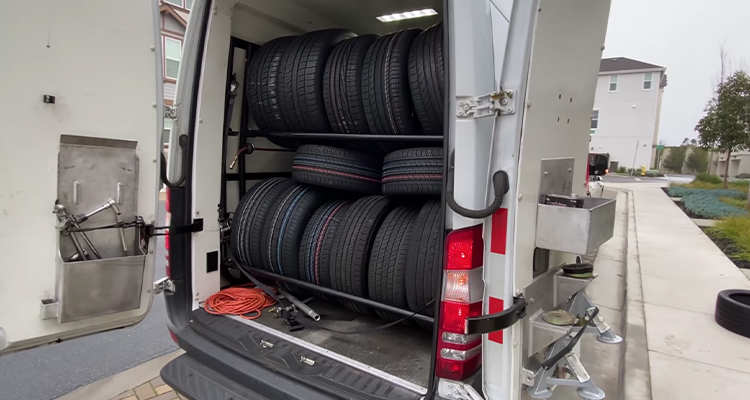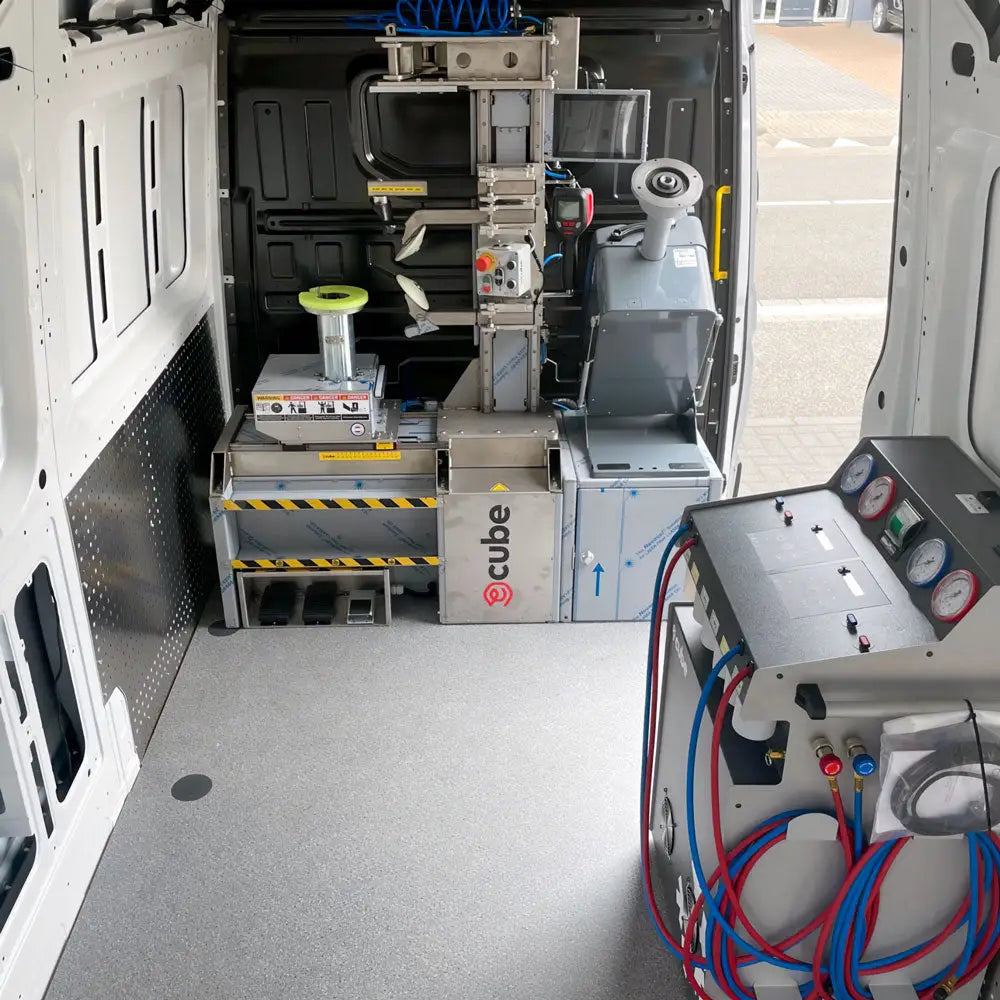Tire Solution: Proven Methods for Ideal Tire Maintenance and Care
Preserving optimum tire condition is vital for both security and performance of any car. From making certain proper tire pressure to regular turning and placement, there are proven approaches that can substantially prolong the life expectancy of your tires and improve total driving experience. As we check out the intricacies of tire treatment and maintenance, we will uncover vital guidelines that every lorry proprietor must stick to for the finest possible results. Let's look into the globe of tire solution and discover the secrets to maintaining your tires in top-notch form for the long run.
Relevance of Tire Stress
Appropriate tire pressure promotes better fuel efficiency, as under-inflated tires can lead to enhanced rolling resistance, creating the engine to function more difficult and eat even more gas. Proper tire pressure ensures even walk wear, enhancing tire durability and conserving cash in the lengthy run by delaying the demand for early replacements. On a regular basis readjusting and examining tire stress, especially before lengthy trips, is a straightforward yet efficient way to enhance car performance, prolong tire life expectancy, and prioritize safety and security on the road.
Tire Rotation Guidelines
When taking into consideration tire rotation standards, it is crucial to comprehend the value of this upkeep job in making best use of tire life-span and maintaining optimal car performance. Tire rotation includes altering the setting of each tire on a vehicle to make sure also walk wear. Front tires have a tendency to wear more rapidly than rear tires due to guiding pressures, making regular turning essential for well balanced wear patterns.

Advantages of Wheel Positioning
Guaranteeing correct wheel placement after tire rotation is important for maintaining balanced wear patterns and making the most of vehicle performance. Additionally, proper wheel placement assists to extend the life-span of your tires. Misaligned wheels can create unequal tire wear, leading to early tire replacement and enhanced upkeep costs.

Tire Tread Deepness Check
Executing a routine examination of tire tread depth is essential for keeping safe driving conditions and extending the lifespan of your tires. The step on your tires plays a crucial role in offering traction, specifically in wet or slippery conditions. To examine your tire tread depth, you can make use of a step deepness gauge or the dime examination. The suggested walk depth is at least 2/32 of an inch. If the walk depth is below this threshold, it is time to replace your tires to make sure ideal efficiency and security when traveling. Uneven walk wear can suggest problems with tire suspension, pressure, or alignment, highlighting the relevance of regular step deepness checks. Disregarding to keep track of and maintain proper tread deepness can lead to reduced grip, longer stopping ranges, and an enhanced risk of hydroplaning. By integrating tire step depth look into your regular maintenance schedule, you can drive with self-confidence knowing that your tires are in leading problem.
Seasonal Tire Assessment
A detailed evaluation of tire problem tailored to useful source certain weather is crucial for keeping ideal performance and security throughout the year. Seasonal tire inspection is a basic element of tire upkeep that guarantees tires are all set to face the difficulties positioned by different climate conditions. In preparation for winter months, it is vital to check the tire pressure on a regular basis as cool temperatures can trigger tire review stress to drop. Checking tire walk deepness is also essential to make certain appropriate grip on snow and ice-covered roadways. Additionally, looking for indicators of wear and tear, such as splits or lumps, can aid prevent prospective tire failures. As the seasons modification, it is essential to analyze tire problem and make any type of needed adjustments to ensure risk-free driving. By conducting routine seasonal tire inspections, drivers can prolong tire life expectancy, enhance fuel effectiveness, and most significantly, make sure a protected driving experience in differing weather - Mobile Tire Service Las Vegas.
Conclusion
In conclusion, maintaining proper tire pressure, turning tires routinely, aligning wheels appropriately, keeping an eye on tread deepness, and carrying out seasonal assessments are important practices for optimal tire treatment. By adhering to these confirmed techniques, motorists can ensure their tires last much longer, do much better, and contribute to total car security. It is essential to directory focus on tire maintenance to prevent accidents, enhance fuel effectiveness, and extend the life-span of tires.
Adequate tire pressure advertises much better gas performance, as under-inflated tires can lead to boosted rolling resistance, triggering the engine to work more challenging and consume more fuel.When thinking about tire turning standards, it is crucial to understand the relevance of this upkeep job in maximizing tire lifespan and preserving ideal automobile efficiency. Seasonal tire evaluation is an essential element of tire upkeep that guarantees tires are ready to face the difficulties posed by different weather condition problems. By carrying out regular seasonal tire inspections, drivers can prolong tire lifespan, boost gas performance, and most significantly, make certain a secure driving experience in differing climate conditions.
In verdict, keeping proper tire pressure, revolving tires consistently, aligning wheels properly, checking walk deepness, and carrying out seasonal examinations are important practices for ideal tire care.